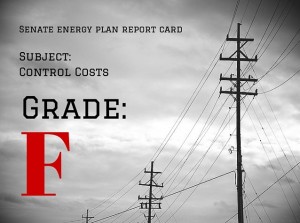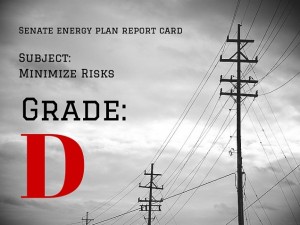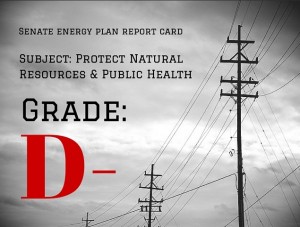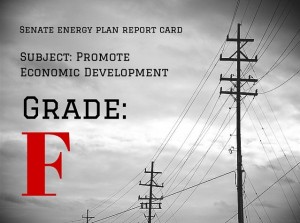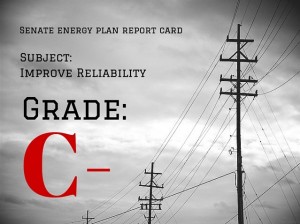Michigan’s energy overhaul: What’s in it and how we got here
After more than two years of negotiations, countless hours of committee hearings, numerous variations on several bills, untold column inches of news coverage and a dizzying series of false starts, dead ends and shifts of the political winds, the epic effort to overhaul Michigan’s energy policy finally drew to a close Thursday evening.
Folks, we have a deal.
Here are highlights of the final package, which Gov. Snyder has said he will sign into law.
- Requires utilities to ramp up their use of renewable energy from their current level of 10 percent to 12.5 percent by 2019, and 15 percent by 2021. Once a utility achieves or exceeds 15 percent renewable energy, they cannot reduce that level of commitment unless they demonstrate it is in the best interest of ratepayers.
- Creates a new program for customers who want more—or all—of their electricity to come from renewable sources. The Public Service Commission is tasked with establishing a new rate under this program.
- Sets a goal of meeting 35 percent of Michigan’s energy needs through renewable power and energy efficiency by 2025.
- Maintains the requirement that utilities reduce energy waste by at least 1 percent each year, lifts a cap on how much they can invest in waste reduction programs and increases financial incentives available to utilities for going above and beyond the energy efficiency standard.
- Maintains, for now, the “net metering” program that allows customers to reduce their energy bills by generating power at home. The bills also abandon, for now, an earlier proposal for an arbitrary “grid access fee” on net metering customers, and instead tasks the Michigan Public Service Commission with designing a new rate structure for net metering customers in the future. The new rate design will be crafted through a public process over the next year, and then be implemented in the spring of 2019 at the earliest. A new rate design could combine net metering with time-of-use pricing—in which electricity is more expensive at times of higher demand—to better reflect the value of energy when it is generated and used.
- Requires utilities to undertake “Integrated Resource Planning” to guide their investments so they meet long-term energy demand at the least cost. These plans would go through extensive review and compare both generation and demand management options to meet future demand.
As MEC President Chris Kolb said in a statement to the media, “These bills are a vast improvement over earlier proposals and will keep Michigan’s energy policy moving in the right direction…This deal will save millions of dollars a year for Michigan residents by continuing to eliminate energy waste and increasing investments in wind and solar power, which are the cheapest ways to produce electricity.”
And while we would have loved a deal that accelerated Michigan’s transition to clean energy, a review of the negotiations that led us here makes it clear that things could have been much, much worse. This is an important victory.
What follows is a summary of the major milestones on the road to the energy deal. As you’ll see, MEC has been at the table from the very beginning—thanks to our generous supporters—and our policy pros have worked relentlessly to win the best possible deal for Michigan’s energy future.
How we got here
May, 2014 – Sen. Mike Nofs announces Energy Efficiency and Renewable Energy Workgroup.
MEC Policy Director James Clift is named to this panel charged with reviewing Michigan’s 2008 clean energy laws and recommending updates. Those laws required Michigan utilities to get 10 percent of their electricity from renewable sources by the end of 2015 and achieve annual energy savings through efficiency measures. The workgroup meets throughout the summer of 2014.
July, 2014 – “Energy Freedom” bill package drops. Read more


